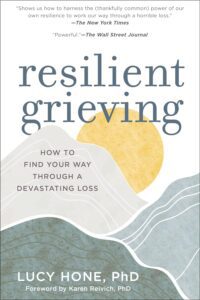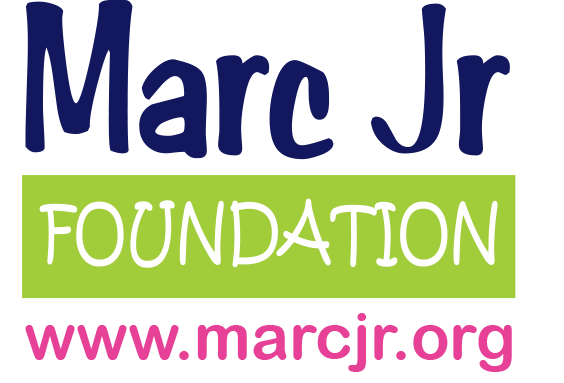Introduction
Life can be filled with unexpected challenges and hurdles that test our resilience. One such challenge is the diagnosis of a child with a DIPG (Diffuse Intrinsic Pontine Glioma) brain tumor. DIPG is a rare and aggressive form of pediatric cancer that affects the brainstem, making it particularly difficult to treat. Coping with this devastating diagnosis requires immense strength, both from the child and their family. In this blog post, we’ll explore the journey of building resilience when facing the unimaginable – having a child with DIPG.
Accepting Reality
The journey towards resilience begins with acceptance. When a child is diagnosed with DIPG, it’s essential to acknowledge the gravity of the situation. It’s natural to experience a range of emotions, including shock, anger, and grief. Allow yourself to feel these emotions without judgment. Acceptance doesn’t mean giving up hope but rather understanding the reality you’re facing.
Seeking Support
Resilience often grows from a support network. Reach out to friends, family, and support groups who can provide emotional and practical assistance. Connecting with other parents who have experienced similar challenges can be a source of comfort and guidance. You don’t have to face this journey alone.
Educate Yourself
Knowledge is a powerful tool in building resilience. Take the time to learn about DIPG, treatment options, and the potential outcomes. This information will empower you to make informed decisions and advocate for your child’s best interests. It also helps in managing the uncertainty that comes with the disease.
Embracing Moments of Joy
While the diagnosis of DIPG brings immense pain, it’s essential to find and embrace moments of joy and happiness. These moments can be as simple as a smile from your child or a cherished family outing. By appreciating the positive aspects of life, you can find strength in the midst of adversity.
Advocating for Your Child
Resilience involves being a tireless advocate for your child’s well-being. This may mean seeking multiple medical opinions, exploring experimental treatments, or participating in clinical trials. It’s about doing everything within your power to give your child the best chance at a meaningful life.
Self-Care
As a parent, caring for your child with DIPG can be physically and emotionally draining. Don’t forget to take care of yourself. Self-care isn’t selfish; it’s necessary to maintain the resilience required for the journey. Prioritize sleep, nutrition, exercise, and mental health support.
Living in the Present
While it’s essential to plan for the future and explore treatment options, it’s equally crucial to live in the present. Treasure each moment with your child and create lasting memories. The journey is unpredictable, but finding joy in the present can make it more meaningful.
Finding Purpose
Resilience often thrives on purpose. Some parents of children with DIPG choose to advocate for pediatric cancer research, support organizations, or create foundations in their child’s memory. These actions can provide a sense of purpose and a way to make a lasting impact.
Conclusion
The journey of having a child with a DIPG brain tumor is undoubtedly one of the most challenging experiences a parent can face. However, it’s also an opportunity to discover a reservoir of strength and resilience within yourself. By accepting reality, seeking support, educating yourself, embracing joy, advocating for your child, practicing self-care, living in the present, and finding purpose, you can navigate this difficult path with love, hope, and unwavering determination. Remember, you are not alone, and your resilience can inspire others facing similar challenges.
Recommended reading (Katie McConnell)
Resilient Grieving by Lucy Hone, PhD: https://amzn.to/3Za0kPS – #ad

Flourish, by Martin Seligman: https://amzn.to/461CiJ6 – #ad

The Body Keeps the Score by Bessel A. van der Kolk: https://amzn.to/3Ew5kVt – #ad

Signs, by Laura Lynne Jackson: https://amzn.to/4825DFf – #ad







0 Comments